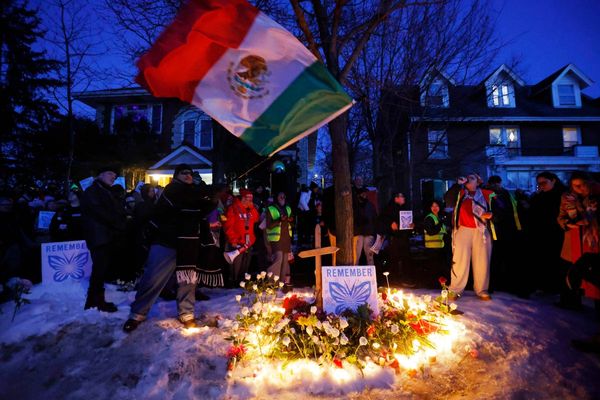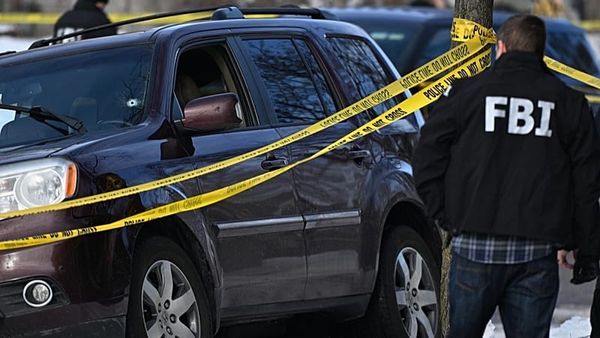Street homelessness in the U.S. has increased by 25% since 2017, and most major metros don't have enough or the right kind of shelter to accommodate people living outside.
State of play: Only 181,786 emergency shelter beds were available for an estimated 421,392 individuals experiencing homelessness nationwide as of January 2022, according to the U.S. Department of Housing and Urban Development.
- Even after spending billions in federal COVID-19 relief dollars on support services and physical space, cities still can't seem to build shelter fast enough — especially in the West, where homelessness is pervasive and encampments are sprawling.
- Meanwhile, eviction filing rates have returned to or exceeded pre-pandemic levels in many U.S. cities, as housing costs and inflation rise.
Why it matters: Permanent lodging is the solution to homelessness, but with housing shortages nationwide, temporary shelter is an important — sometimes life-saving — interim fix.
- Unhoused people who aren't staying in shelters have poorer health and premature mortality, per a 2016 study by the Association of Schools and Programs of Public Health.
- And, neighborhoods with high levels of street homelessness report increased crime and blight.
Context: The majority of U.S. homeless shelters were built decades ago and served largely as protection from the elements, National Alliance to End Homelessness CEO Ann Oliva tells Axios.
- The facilities are often barracks-style warehouses with hundreds of cots.
Yes, but Recent research revealed large shelters can be ineffective at quickly moving people into permanent housing and are often unsafe, unsanitary and undignified.
- Center on Budget and Policy Priorities analyst Anna Bailey said new studies out of Seattle and San Francisco found smaller shelters with private sleeping quarters resulted in fewer hospital visits and increased pathways to permanent housing.
Zoom in: Urban Institute researcher Samantha Batko said COVID-19 forced cities to quickly find private rooms for unhoused people to practice social distancing, and some were so successful that local leaders continued operating them.
- In Phoenix, nonprofits used hotels to house especially vulnerable populations like adults 55 and older and military veterans.
- In Denver, $20 million in federal COVID aid money bought hotels for people experiencing homelessness, after using the lodging for shelter and COVID recovery during the height of the pandemic.
Yes, but: Shelter conversions can take a year or more to get up and running.
- For example, Salt Lake City has given preliminary approval for a 60-unit "tiny home" village on city-owned land. But even if it's OK'd, it'll take another year to build the first homes.
The big picture: A national movement to create sanctioned outdoor camping areas with restrooms, showers and security has gotten underway.
- The Portland City Council last November agreed to ban street camping by 2024, Oregon Public Broadcasting reported. Part of that plan includes creating six large, city-run camps.
What they're saying: "Obviously it's not an ideal situation, but it's a necessary first step," Cicero Institute senior fellow Judge Glock said of the campgrounds.
- Though his model has been met with skepticism from some homeless providers, particularly because of the criminalization of street camping, Glock told Axios it's the only way to immediately alleviate "immense suffering on the street," while more affordable housing and shelters are constructed.







